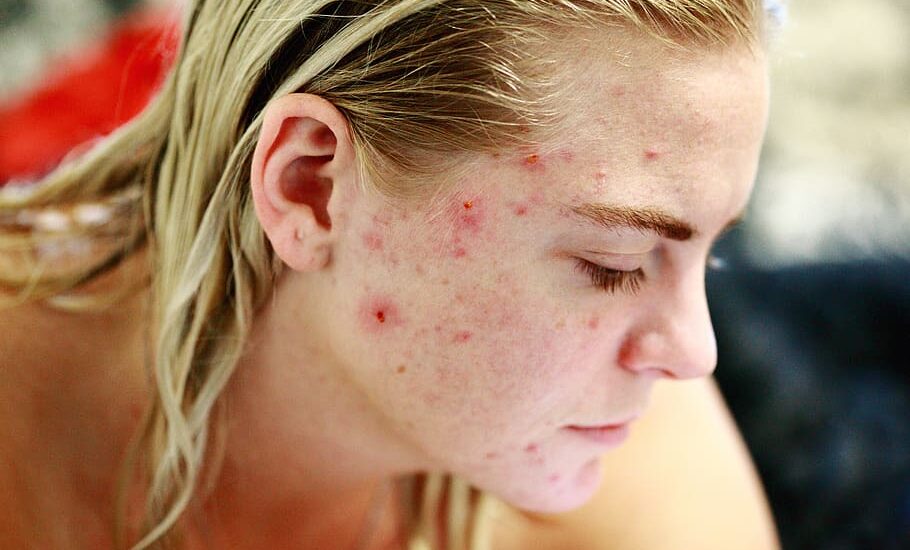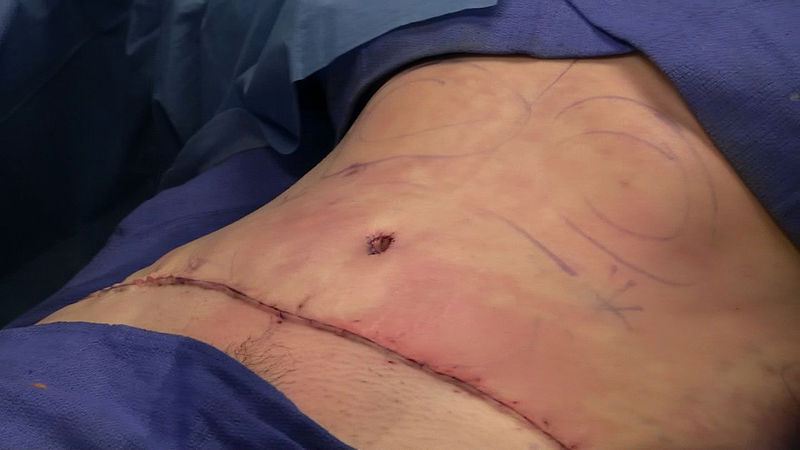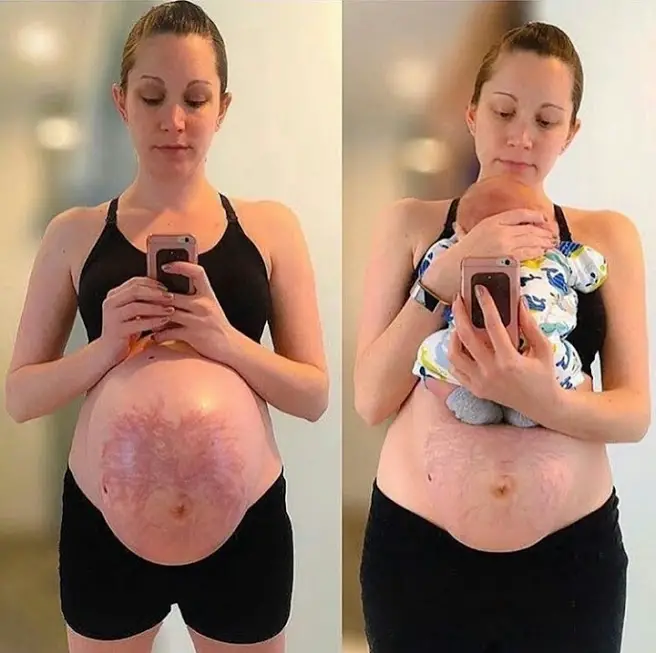In this detailed guide, we’ll answer the question “how long does it take for skin to heal after extractions?” We’ll break down the essential aspects to ensure you are equipped with all the necessary information for an effective post-extraction recovery.

How Long Does It Take for Skin to Heal After Extractions?
Knowing how long the healing process might take helps set realistic expectations and reduces worry. Imagine planting a seed; knowing its germination time helps you be patient. Similarly, after a skin extraction:
For minor extractions, like small blackheads or whiteheads, you can usually expect the outer skin to look better within 7 to 14 days. However, remember that our skin, like an onion, has multiple layers. While the top layer might seem healed, the inner layers could still be repairing themselves. Think of it like a freshly painted wall that’s dry to touch on the outside but still wet underneath.
For more intensive extractions, especially those that dig deeper to remove cystic acne or larger pimples, complete healing might stretch up to a month. This is because these extractions are like deep tree roots that have been removed, and it takes time for the ground to settle and replenish itself.
It’s always a good practice to keep an eye on the healing process. If you notice anything unusual like extended redness, excessive swelling, or signs that might suggest an infection [1], a quick chat with your dermatologist is a wise idea.
Diving Deeper into Factors Influencing Healing
Healing after skin extractions is not a one-size-fits-all process. Multiple elements, both external and internal, affect how quickly our skin recovers. Recognizing these factors can help us better care for our skin during the healing process and possibly speed it up. Let’s break down these factors:
Individual Skin Type: Everyone’s skin is different. Just like how some people tan easily while others burn, healing rates can also differ. Dry skin might heal with less noticeable marks, whereas oily skin, with its continuous sebum production, could sometimes take a bit longer to fully recover. It’s like how some soils absorb water quickly and others don’t.
Severity of Extractions: Think of skin extractions like weeding a garden. Removing a tiny weed on the surface is quicker than pulling out a deep-rooted one. Similarly, simple extractions for small blackheads are generally less traumatic for the skin than deeper extractions that target bigger, inflamed pimples or cystic acne.
Aftercare: Once the extraction is done, how you treat the skin plays a big role in healing. It’s like putting a protective cover on a new smartphone. Using soothing lotions, keeping the area clean, and avoiding potential irritants (like certain makeup) can help the skin heal without complications. [2]
Age: Youthful skin tends to bounce back quicker. Just as a child’s scratch or scrape might disappear in days, younger people often have a quicker skin cell turnover, resulting in faster healing. As we grow older, this process can slow down a bit, leading to a slightly extended recovery time.
Overall Health: Our skin is a part of our body, and when the body is well-nourished and hydrated, it tends to heal faster. Eating balanced meals, drinking enough water, and maintaining overall health can give your skin the boost it needs to recover quickly. [3]
Guiding Your Recovery: Post-Extraction Skincare Tips
Post-extraction care is pivotal. A robust skincare routine can aid recovery, while neglect can lead to complications. Here are some practices to integrate into your aftercare regimen:
Sun Protection: Freshly extracted skin is sensitive. Direct sun exposure can cause pigmentation. Always wear broad-spectrum sunscreen and consider using a hat or umbrella for added protection.
If you want us to recommend a sunscreen, we’ll pick the Amazon-listed Neutrogena Ultra Sheer Dry-Touch Sunscreen. It’s water resistant and non-greasy with broad spectrum SPF 70.
Minimal Cosmetics: Give your skin a break. Heavy makeup can clog healing pores. If makeup is essential, opt for non-comedogenic products.
Gentle Skincare: Stick to a gentle cleanser, avoid exfoliation, and use a hydrating moisturizer. Products with soothing ingredients, like aloe vera or chamomile, can be beneficial. [4] A good example is the Aloderma 99% Organic Aloe Vera Gel on Amazon.
Diet and Hydration: Drink plenty of water. Foods rich in vitamin C, such as oranges and strawberries, can support collagen production, essential for skin healing.

